We are in 2020 and for more than we have developed some applications, machines, objects, situations, and spaces to make our lives more pleasant, we have not been able to avoid succumbing to diseases. In this case, I am talking about the Covid – 19. The virus has been called a pandemic and has put everyone in check.

The Coronaviruses
Going into the matter, the first thing to know is that Covid-19 is one of the coronaviruses. And, coronaviruses (CoV) are a wide family of viruses that can cause various conditions. Conditions such as the common cold or more serious diseases, such as the Middle East respiratory syndrome (MERS-CoV) and the one that causes severe acute respiratory syndrome (SARS-CoV).
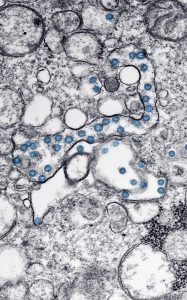
It is important to emphasize that coronaviruses can be transmitted from animals to people. And, how is this information known? Simple: comprehensive studies with known strains of coronavirus. I am referring to SARS-CoV and MERS-CoV.
We know that SARS-CoV was transmitted from the civet (a carnivorous mammal that lives mostly in India, southern China, and Indochina) to humans, and in the case of MERS-CoV, transmission occurred from the dromedary (it is an Arabian camel and with a single hump) to the human being.
And, entering the matter in hand, certain factors must be stipulated. The first of these is that the coronavirus viruses (Coronaviridae) are divided into two families: the Orthocoronavirinae (coronaviruses) and the Letovirinae.
Within the coronaviruses or “CoVs” there are four main groups and several mammals, such as pigs and humans, have multiple coronaviruses in their organisms.
One truth, that the vast majority of people are unaware of is that just over two years ago in China there was an outbreak of a porcine coronavirus, SARS-CoV. It originated from bats and killed 25,000 pigs.

But specifically in humans, seven known types of coronaviruses can infect us, called HCovs. They usually cause the common cold and can be potentially more serious in people who have a compromised immune system.
And the remaining three types of coronaviruses that have caused outbreaks of serious human diseases are SARS-CoV (2002-2003), MERS-CoV (2012-present), and now SARS-CoV-2 2019, which is unknown until when. will be present.
Dr. Ana María Cardenas, a clinical microbiologist who investigates and develops clinical diagnostics for infectious diseases told us that the other coronaviruses were discovered in the sixties.
Furthermore, this is a different type of coronavirus and it is genetically linked to SARS, which is why it received the name SARS CORONAVIRUS 2.
The infection
In fact, it is known that there are other coronaviruses among animals that so far have not infected humans.
The symptoms are fever and respiratory symptoms (cough and shortness of breath). In the most severe cases, they can cause pneumonia, severe acute respiratory syndrome, kidney failure, and even death.
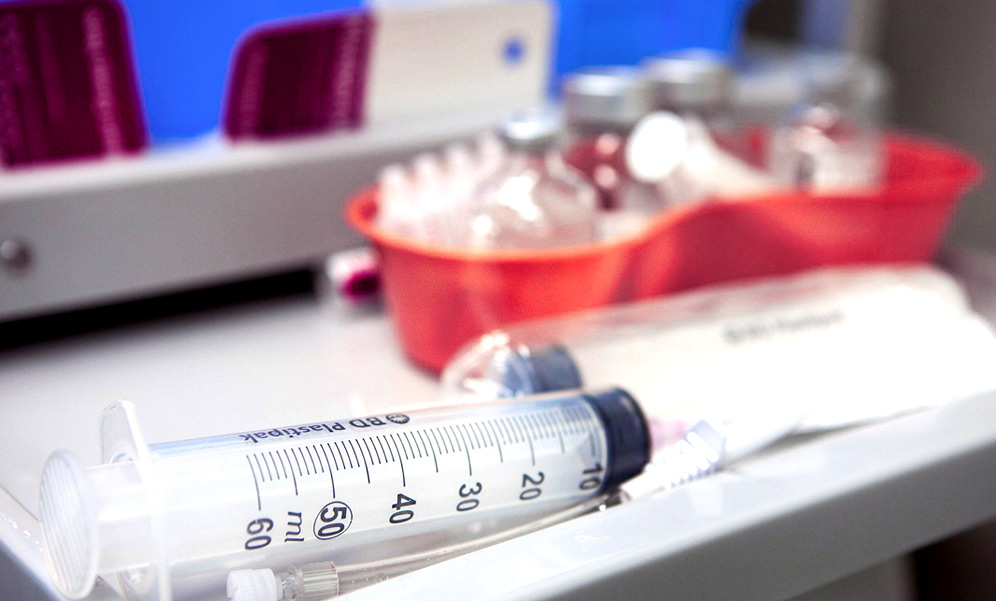
The usual recommendations for not spreading the infection are good hand and respiratory hygiene (covering your mouth and nose when coughing and sneezing) and the complete cooking of meat and eggs. Also, close contact with anyone with signs of respiratory distress, such as coughing or sneezing, should be avoided.

So, at this moment, and for some months now, people around the world have been disinfecting everything. We wear gloves, masks, alcohol.
So much so, that in the supermarkets of many countries, the disinfection articles were exhausted from the moment the covid 19 began to expand more rapidly.
And, because these are the recommendations. As explained by Dr. Cardenas, a person can contract COVID-19 if they inhale the droplets from a person infected with the virus. For this reason, it is vital to stay at least one meter away from others.
The droplets can fall on the objects and surfaces that surround the person. In other words, the infection can remain on tables, computers, cars, containers, etc.
So a person can become infected by touching those objects or surfaces and then touching their eyes, nose, or mouth. Therefore, it is important to wash your hands frequently with soap and water or with an alcohol-based disinfectant.
Symptoms are usually mild and appear gradually.
Cardenas assures us that when they realized that people who are asymptomatic or pre-symptomatic can transmit the virus the safety protocol changed. that is why now they ask that people were a mask.
Currently
Covid-19, the most recent outbreak of coronavirus disease, was first reported in Wuhan, China on December 31, 2019. This page contains daily updated information.
Since this is a respiratory condition, it should be clarified that pneumonia vaccines do not protect against it. What’s more, this new coronavirus is so new and different that a specific vaccine needs to be developed.
“Masks alone will not prevent anyone entirely, not as much as social distancing and washing hands.”
According to Dr. Ana Maria Cardenas, it is important to note that Covid-19 is the disease and SARS-CoV2 is the virus that causes Covid 19.
She assures us that although homemade masks work they are not designed to filter out pathogens.
What does it mean to isolate yourself?
The covid-19 has produced isolation, confinement, and confinement of people in their homes. And, this has generated a social disconnection. Now we need to be apart to survive and therefore we are immersed in the sidereal world.
Isolation is an important and necessary measure.
Social distancing cannot prevent 100% of infections, but individuals can play a critical role in slowing the spread of the virus.
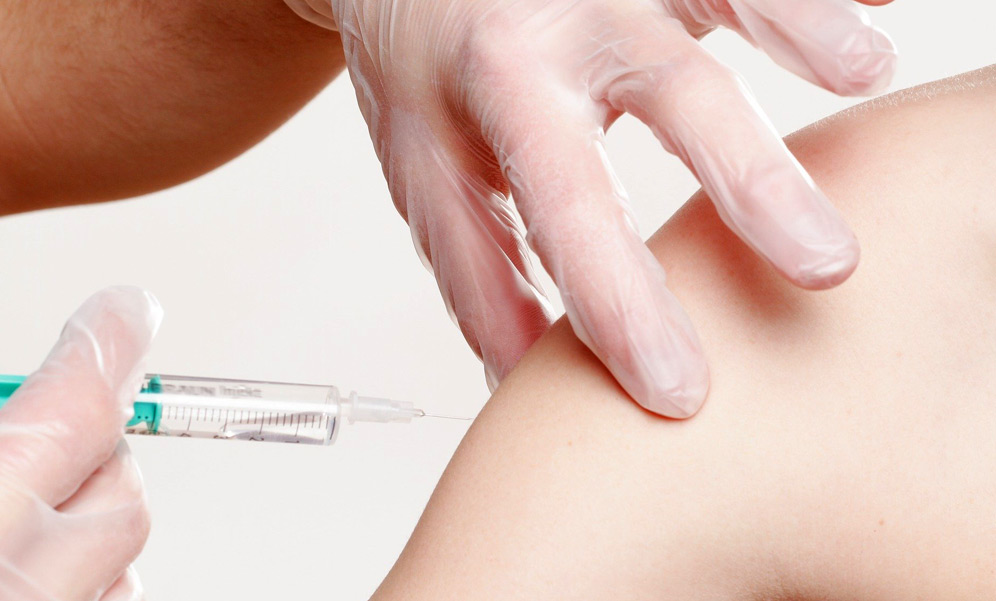
Keep in mind that if the number of cases is not kept below what the health system can manage, hospitals may be overwhelmed, a problem that can lead to unnecessary deaths and suffering.
If done correctly and on a large scale, social distance breaks or decreases the chain of transmission.
One of the biggest issues regarding social distancing is that it only works if every single person is responsible, consistent, and follows safety protocols.
The vaccine
This virus is spreading rapidly and something many wonder about is when the vaccine might be available.
In different laboratories around the world, different scientists and laboratories are working to develop the vaccine.
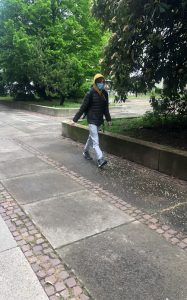
Taking into account the health emergency that we are faced with at this time, it is believed that they will develop in record time.
For example, the WHO, World Health Organization says it could be ready between April and June 2021.
On the other hand, some progress has already been made in the UK in this area. The purines of the possible vaccine have shown encouraging results in rhesus macaque monkeys, one of the closest animals to humans. Thus, scientists working on the vaccine estimate that if all goes well, it could be ready by September.
Vaccines must be safe, accessible, and available to everyone.
But, in terms of vaccination, the situation is not as easy as social distancing. For example, the Ebola vaccine took more than 16 years from its creation to its approval.
What people forget or are unaware of is that a vaccine usually has to go through several stages, first in the laboratory and then in animal tests.
If it is shown to be safe and can elicit an immune response, then human trials begin.
There are currently six possible vaccines.
Vaccine mRNA-1273 – Moderna Therapeutics (United States)
Modern, the Massachusetts-based biotechnology company, is one of the pharmaceutical companies that is trying new research strategies to accelerate the development of the covid-19 vaccine.
INO-4800 Vaccine – Inovio Pharmaceuticals (United States). Innovio is a Pennsylvania-based biotechnology company, also based on a new research strategy. It is a direct injection of DNA through a small genetic structure for the patient’s cells to make antibodies to fight infection.
AD5-nCoV Vaccine – CanSino Biologics (China) Chinese biotech company CanSino Biologics, in collaboration with the Institute of Biotechnology and the Chinese Academy of Military Medical Sciences, started theirs.
LV-SMENP-DC vaccine (China) from the Shenzhen Genoimmune Medical Institute, which is focused on the use of dendritic cells modified with lentiviral vectors.
Inactivated virus vaccine from the Wuhan Biological Products Institute, reporting to the China National Pharmaceutical Group, Sinopharm.
ChAdOx1 Vaccine – Jenner Institute, University of Oxford (UK). The first clinical trial in Europe started on April 23.

Although the whole world is working at an accelerated pace, experts affirm that there are no guarantees that any of these will work. On the other hand, it is not known what the reactions will be, how they work in different types of populations or age.
And getting an effective vaccine and getting it approved will be just the first step. Then there will be the enormous challenge of producing billions of doses of inoculation to distribute to populations in need.
A race against time
Many countries closed their borders and asked their citizens to stay at home to prevent the spread of the virus.
Governments worldwide are making efforts to limit the economic devastation caused by the virus, which has infected more than 3 million people and confines half of humanity to their homes.
We are currently in a race against time. It is important to share valuable information to improve and strengthen our health system response promptly.
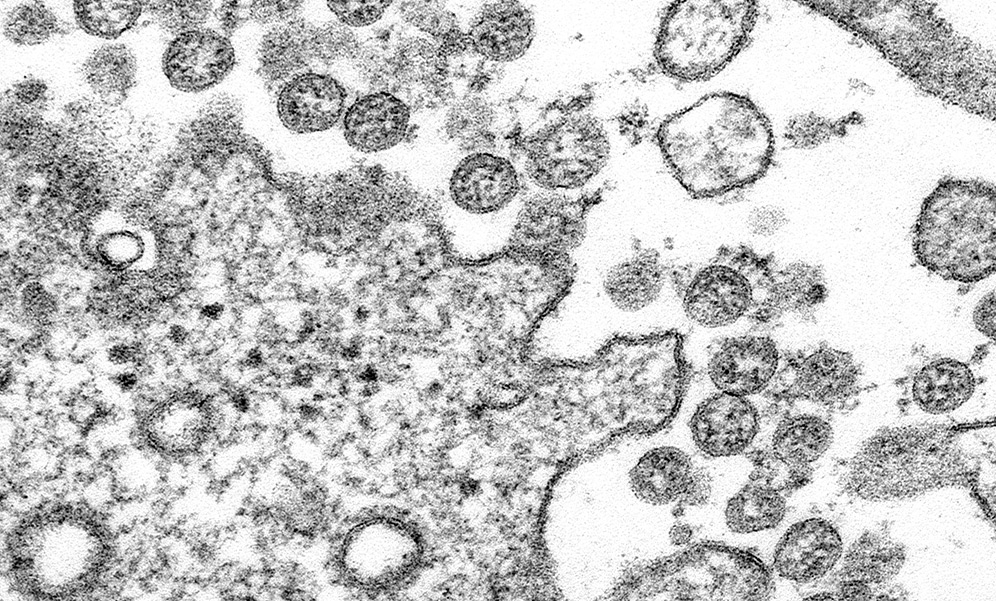
The progress made so far has been encouraging. The ramifications of this epidemic will be wide-ranging and enduring. We will be free of it when the last person is finally treated.
Covid – 19 has reached all corners of the world and with it the crisis. An emotional, governmental and economic crisis has been the direct consequence of an overwhelmed and collapsed health system. Fighting the current pandemic will undoubtedly be the greatest health effort for humanity.


